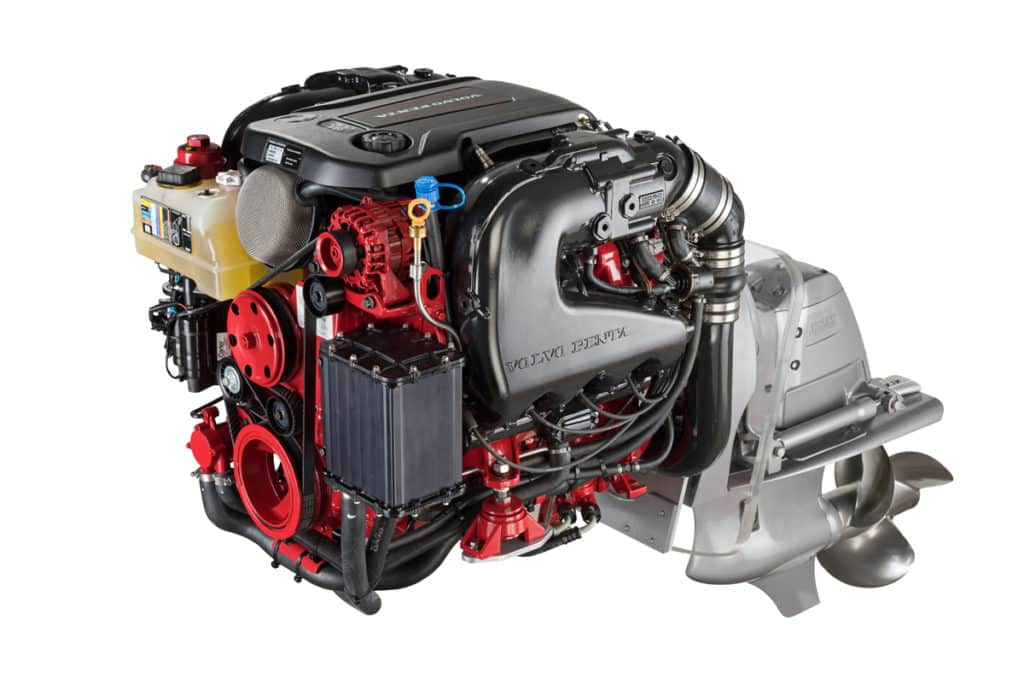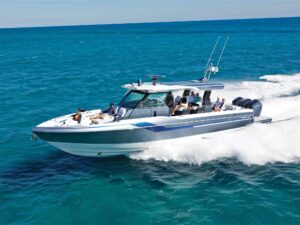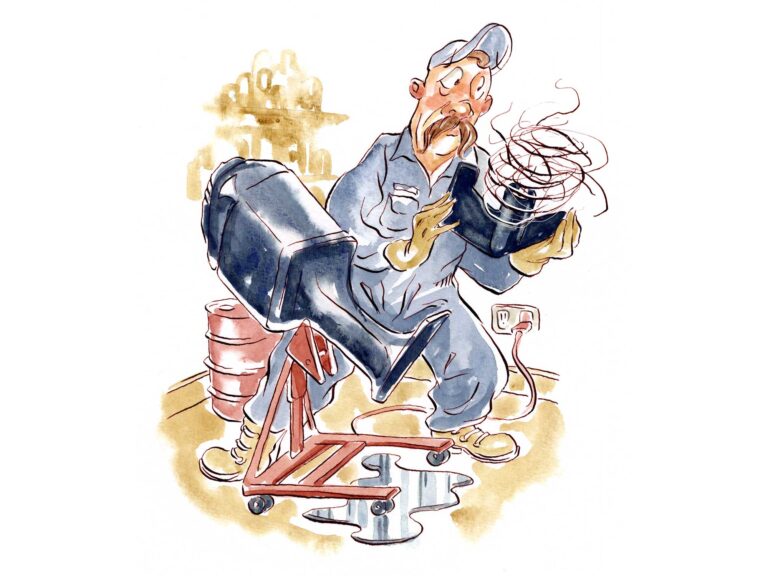
Unsightly scabs of rust on cast-iron motors are a curse that sterndrive engine owners — especially those who boat in salt water — have accepted as a fact of life. But life is changing … for the better.
The next-generation gasoline V-8 inboards from Volvo Penta feature corrosion-resistant all-aluminum construction. That means no more rusty spots on the block, heads, oil pan, valve covers, intake manifold or even the exhaust manifolds.
It’s an idea that outboard engines have employed for a long time to reduce corrosion and the weight of the power head. Volvo Penta first brought forward all-aluminum marine gas engines with its next-generation 4.3-liter V-6 sterndrive motors in late 2014 (available in 200, 240 and 280 hp), but these are the first of the V-8s.
Volvo’s new 5.3-liter V-8 weighs as much as 119 pounds less than previous engines, but it offers stronger performance, thanks to a host of other advancements that enhance output, as well as increase durability and decrease maintenance.

Based on the General Motors Gen V (as in 5) engine platform, these are the first gasoline V-8 inboards to feature direct-fuel injection. Combined with variable valve timing, this improves low-end torque, acceleration and fuel efficiency.
Standard closed-cooling features an integral heat exchanger with a corrosion-proof, lightweight composite housing. Closed-cooling not only prevents internal exposure to corrosive salt water but also creates more consistent operating temperatures.
The 5.3-liter V-8 is available in 300 and 350 hp. The 300 hp engine proved 21 percent quicker in 0-to-30 mph acceleration tests and offered 8 percent better mpg at optimum cruise than its predecessor, according to Volvo Penta. The 350 hp model was 7 percent quicker to 30 mph and also improved mpg by 8 percent.
Both V-8s can pair with the Volvo Penta DPS or DPS OceanX DuoProp drives. The 300 hp version also comes with the single-prop SX drive.
Wide-band O2 sensors on the new V-8s signal the engine’s electronic control module to adjust the fuel-to-air mixture to compensate for changes in altitude and weather, as well as optimize for a wider range of fuel grades and blends.
To simplify maintenance, Volvo Penta has placed all accessories (e.g., the oil filter, fuse box and heat exchanger) at the front of the engine for easier access, and standardized the service points and common parts across its next-generation gas marine-engine line. That should translate to quicker routine service.
As a result of precise fuel delivery combined with catalytic converters, Volvo’s next-generation V-8s are extremely clean too, producing far fewer CO and HC-NOx emissions than the stringent federal Envionmental Protection Agency standards for sterndrive engines.
To learn more, visit volvopenta.com.








